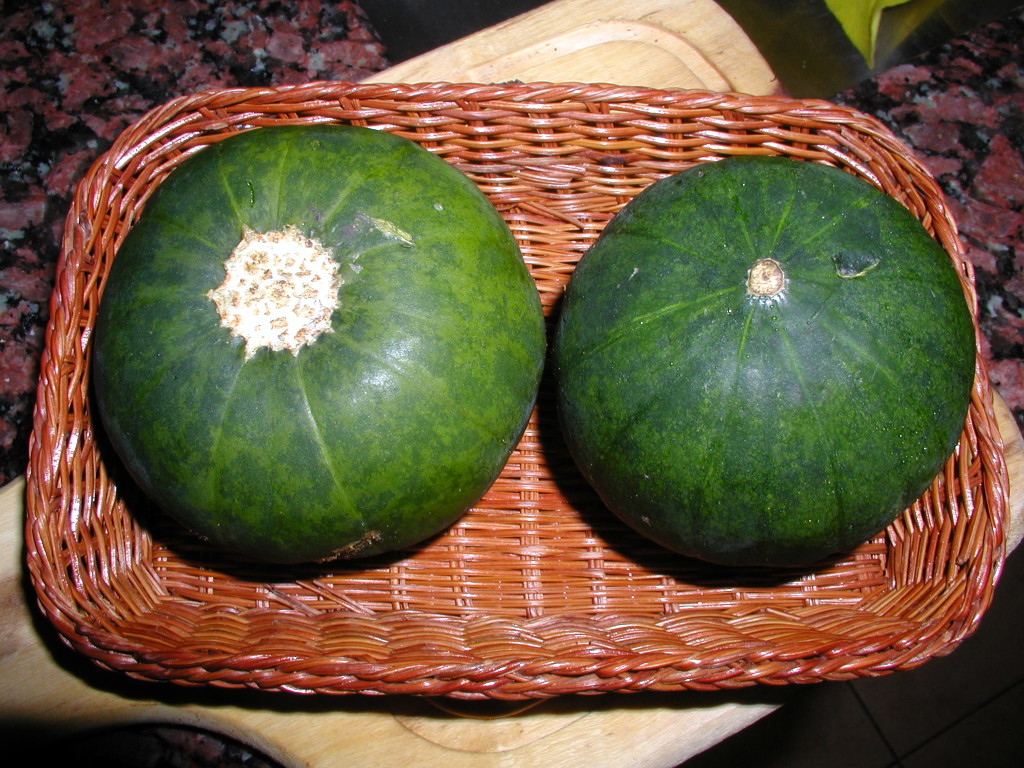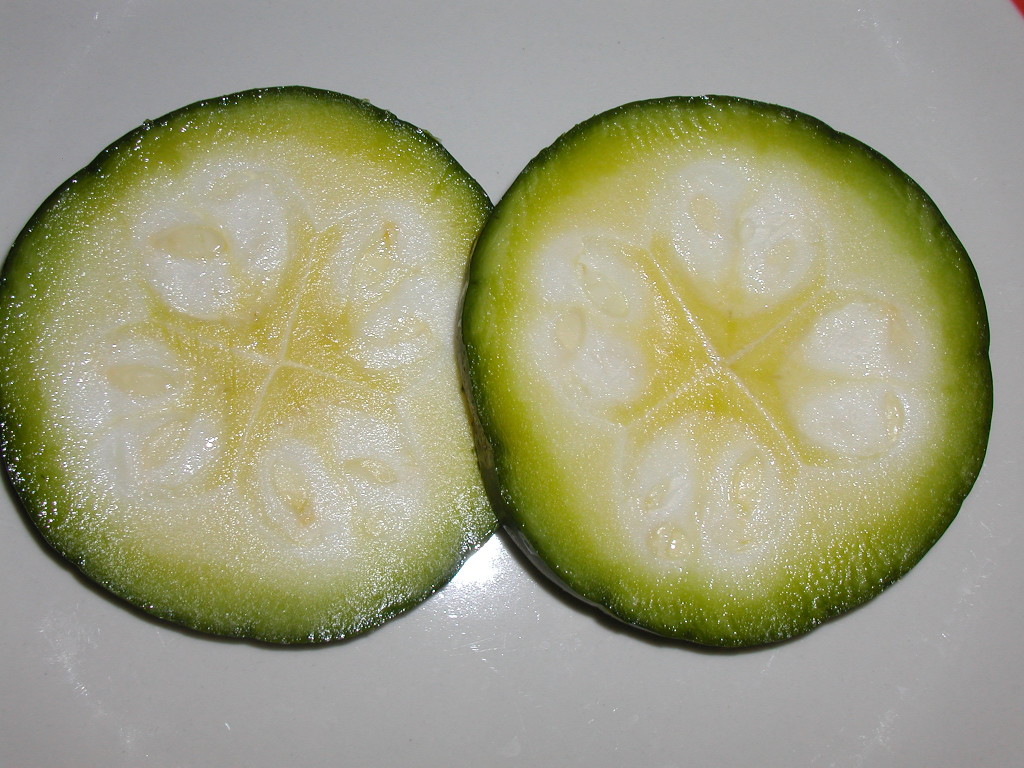On Sunday supplement
Food and Wine
One of the questions I get from visitors when I take them to local markets comes down to a sort of “how do you make sense of this bewildering array of vegetables and fruits?” I stand there, looking at peaches and plums, carrots and cauliflower, and wonder just exactly what bewildering array they’re seeing that I’m not. Is it the sheer quantity of different things piled up in artful arrangements? (Did you know there’s actually a whole profession here in Buenos Aires of people who are hired to come in to the verdulerías at night and create artistic arrangements?) Or are there actually items stacked about that my guests are simply not familiar with?
I think it’s a bit of both, because I find myself remembering that I had much the similar reaction thirty years ago when I first moved to New York City from the Midwest. I grew up in a small city surrounded by farms and we went to the farmer’s market on a weekly basis during nice weather. But generally it was just a tables and baskets piled with whatever happened to be fresh that week – sometimes there might have been no more than half a dozen different items available, and there was certainly no artful arranging going on. And, there in New York, and here in Buenos Aires, there are indeed a few fruits and vegetables that were new to me when I moved here as well.
This week, I thought I’d tackle one of the most common ones I get asked about, those small spheres of dark green that locals call zapallitos or redondos or the two combined. They’re a summer squash, within the zucchini (marrow, courgette) branch of things, and in the English speaking world they’re variously referred to as round, globe, eight-ball or cannonball zucchini. And they’re completely usable in just the same way when it comes to cooking, they just look cooler. Admittedly, my first culinary experience with zucchini was at summer camp where we grew them to massive sizes and then ate them sliced, on white bread, with mayonnaise, but that’s a story for another time.
While my personal favorite thing to do with these beauties is simply slice them, dip them in seasoned flour, then beaten egg, and then panko crumbs (a Japanese bread crumb that gives a very crunchy and delicate crust) and fry them, that wouldn’t be much of an interesting recipe to present, though I still recommend doing it. Locally one of the culinary faves is the zapallito relleno a la criolla, or country style stuffed eight-ball (if I may use that term in polite company), which unsurprisingly tends to be stuffed with crumbled sausage and bacon, egg, and a lot of cheese… you know the drill. Let’s lighten that up a bit.
Stuffed Globe Zucchini
4 globe zucchini
1 chicken breast, diced small
1-2 stale (leftover) dinner rolls or bread slices
100 ml milk
100 gm grated cheese
2 eggs, lightly beaten
2-3 stalks each fresh parsley and oregano, chopped
1 green onion, chopped
½ teaspoon salt
¼ teaspoon nutmeg
breadcrumbs
olive oil
Trim the top and bottom of the zucchini by just cutting off a thin slice, and then cut them in half across, so that you can stand both the top and bottom up on their trimmed ends. With a spoon, scoop out a cavity, leaving about a ½ cm wall of zucchini flesh all the way around. Chop up the zucchini innards you scooped out.
Soak the bread rolls or slices in the milk until soft, then drain off extra milk. Then in a bowl mix together the chopped zucchini and chicken, and smush it all together with the softened bread, cheese, eggs, herbs, salt and nutmeg. You should end up with a mixture that’s easy to scoop into the zucchini shells, mounding them up a bit to they’re nice and pretty. Sprinkle the tops generously with breadcrumbs, drizzle a little oil over the top, and bake in a moderate oven (160-180°C) for 45 minutes until browned.
A series of recipes and articles that I started writing for the Buenos Aires Herald Sunday supplement, Food & Wine section, at the beginning of 2012. My original proposal to them was to take local favorite dishes and classics and lighten them up for modern day sensibilities. We’re not talking spa or diet recipes, but at the very least, making them healthier in content, particularly salt, fat and portion size. As time went by, that morphed into a recipe column that, while emphasizing food that is relatively “good for you”, wasn’t necessarily focused on local cuisine. At the beginning of 2013 I decided to stop writing for them over some administrative issues, but it was fun while it lasted.

